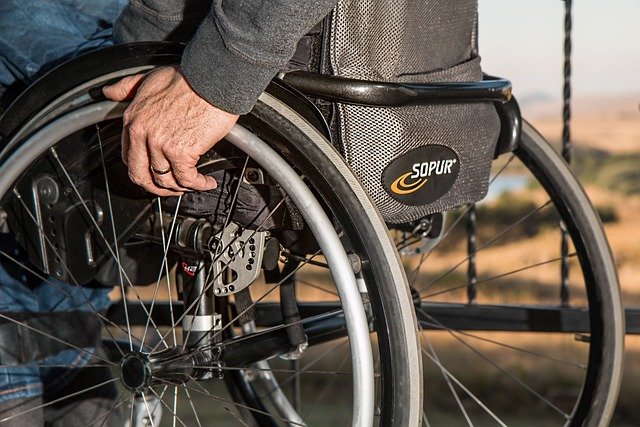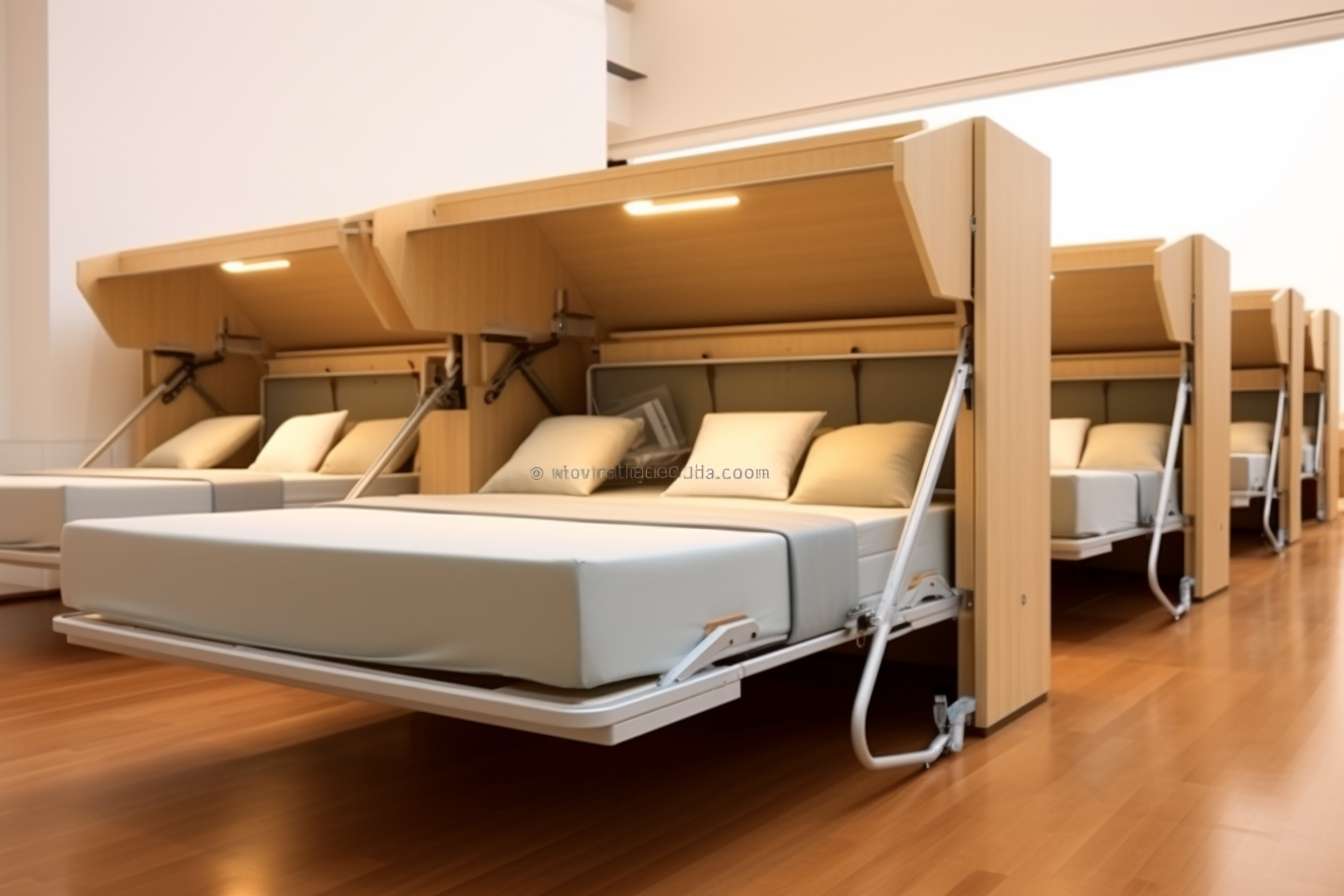Understanding Medicare Coverage for Mobility Scooters
Medicare provides coverage for mobility scooters under specific conditions, helping eligible individuals maintain independence and mobility. Understanding the eligibility requirements, coverage limitations, and application process can help you navigate this important healthcare benefit. This comprehensive guide explains how Medicare covers mobility scooters, what qualifies you for coverage, and the steps needed to obtain approval for your mobility equipment needs.

Medicare coverage for mobility scooters can be a valuable benefit for individuals with qualifying medical conditions that limit their ability to walk or move around their home safely. The program treats mobility scooters as durable medical equipment (DME) under Medicare Part B, which means specific criteria must be met for coverage approval. Understanding these requirements and the application process helps ensure you receive the mobility assistance you need while maximizing your Medicare benefits.
Understanding Medicare Coverage for Mobility Scooters
Medicare Part B covers power-operated mobility scooters when they are deemed medically necessary by a healthcare provider. The coverage falls under the durable medical equipment benefit, which requires the equipment to serve a medical purpose rather than convenience. Medicare distinguishes between different types of mobility equipment, with scooters classified as power wheelchairs for coverage purposes. The program covers 80% of the Medicare-approved amount after you meet your Part B deductible, leaving you responsible for the remaining 20% plus any amount above the approved cost.
Eligibility: Do You Qualify for a Medicare Scooter?
Qualifying for Medicare scooter coverage requires meeting specific medical and functional criteria established by the Centers for Medicare & Medicaid Services. You must have a medical condition that significantly impairs your ability to participate in mobility-related activities of daily living within your home. Your doctor must certify that you cannot safely use a manual wheelchair and that a scooter is necessary for you to function in your home environment. Additionally, you must demonstrate the physical and mental ability to safely operate a mobility scooter, including the cognitive capacity to understand safety instructions and operating procedures.
Financial Aid: Medicare Coverage for Scooter Costs
Medicare’s financial assistance for mobility scooters operates through a rental-to-purchase arrangement that spans 13 months. During the first 10 months, Medicare pays rental fees to an approved supplier, after which you have the option to continue renting or purchase the equipment. If you choose to purchase after the rental period, Medicare covers the remaining costs according to their approved amount structure. The total coverage includes the scooter itself, necessary accessories like batteries and chargers, and basic maintenance services during the coverage period.
Choosing Your Ideal Medicare Mobility Scooter Model
Selecting the right mobility scooter involves balancing your specific mobility needs with Medicare’s coverage guidelines and approved equipment options. Medicare-approved scooters must meet safety and quality standards established by the program, which limits your choices to certified models from approved manufacturers. Consider factors such as your home’s layout, outdoor terrain you’ll encounter, weight capacity requirements, and battery life needs when making your selection. Your healthcare provider and DME supplier can help identify models that meet both your functional needs and Medicare’s coverage requirements.
| Scooter Type | Provider Example | Estimated Cost Range | Key Features |
|---|---|---|---|
| 3-Wheel Basic | Pride Mobility | $1,200 - $2,500 | Compact, indoor/light outdoor use |
| 4-Wheel Standard | Golden Technologies | $1,800 - $3,500 | Stable, moderate outdoor capability |
| Heavy-Duty 4-Wheel | Drive Medical | $2,200 - $4,200 | High weight capacity, rugged terrain |
| Portable/Travel | Shoprider | $1,500 - $3,000 | Lightweight, disassembles easily |
Prices, rates, or cost estimates mentioned in this article are based on the latest available information but may change over time. Independent research is advised before making financial decisions.
Get Covered: Steps to Obtain Your Medicare Scooter
Obtaining Medicare coverage for your mobility scooter requires following a specific process that begins with a comprehensive medical evaluation. Schedule an appointment with your doctor to discuss your mobility limitations and request a face-to-face examination to document your medical need. Your physician must complete a detailed prescription and supporting documentation that demonstrates why a scooter is medically necessary for your condition. Next, work with a Medicare-approved DME supplier in your area who can help navigate the paperwork and ensure all requirements are met before submitting your claim for approval.
Navigating Medicare coverage for mobility scooters requires understanding the program’s specific requirements and following the proper application procedures. By working closely with your healthcare provider and choosing an experienced DME supplier, you can maximize your chances of approval while ensuring you receive equipment that meets your mobility needs. Remember that Medicare’s coverage provides significant financial assistance, but you’ll still be responsible for deductibles, copayments, and any costs exceeding approved amounts.




